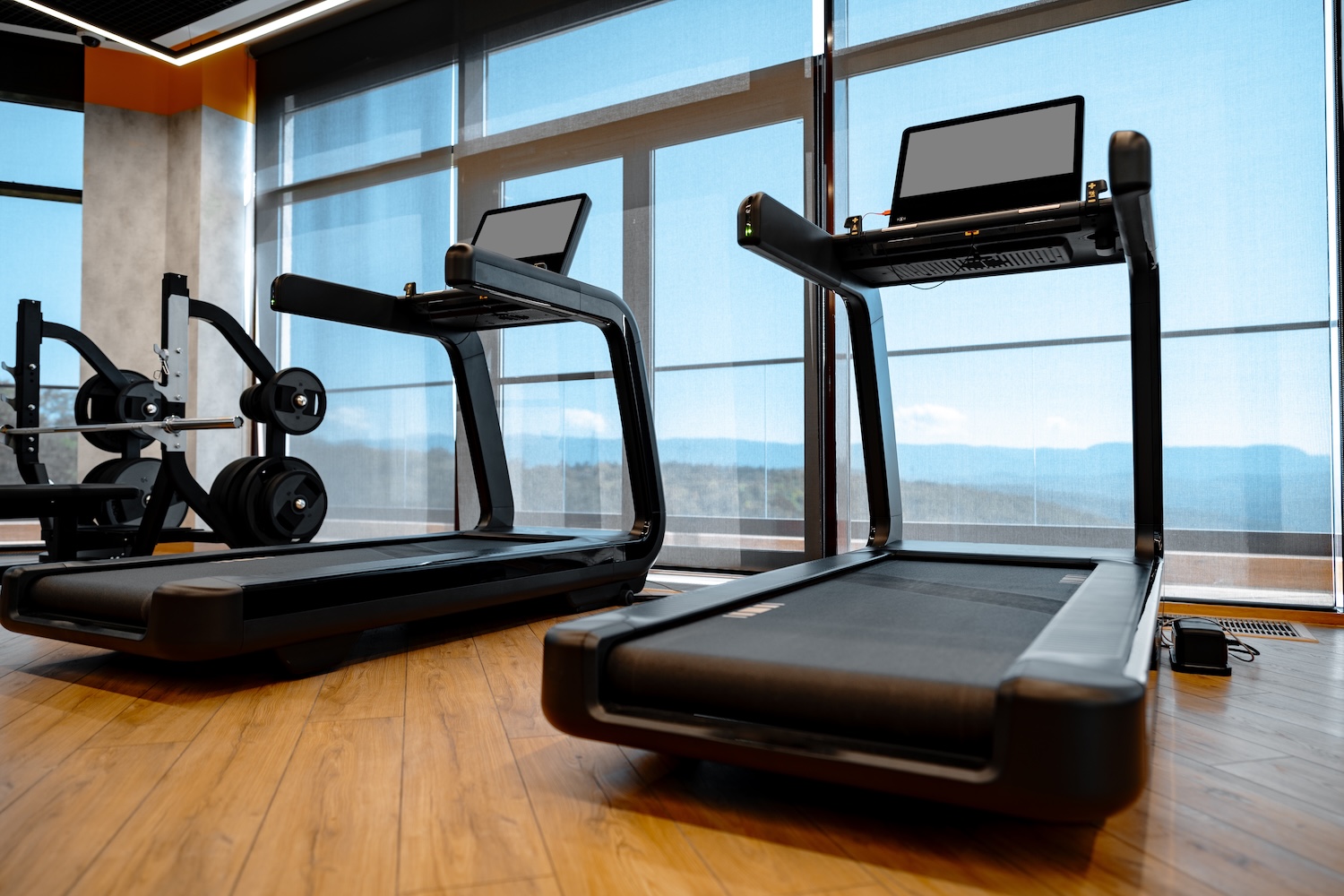
OPERATING VS. CAPITAL LEASES
When it comes to financing fitness equipment, two common lease structures are operating leases and capital leases. Understanding the key differences between these two options is essential for fitness business owners, gym operators, and anyone looking to finance fitness equipment. Each lease type has distinct advantages, depending on your business goals, financial situation, and long-term equipment needs.In this blog post, we will break down the differences between operating leases and capital leases, explain the pros and cons of each, and help you determine which lease is the best fit for your fitness equipment needs.
What is an Operating Lease for Fitness Equipment?
An operating lease is a type of lease agreement where the lessee rents fitness equipment for a specific period without assuming ownership at the end of the lease term. It’s often used when businesses want to lease equipment for a shorter term or when they expect to upgrade or refresh their equipment regularly.
Key Features of Operating Leases:
- No Ownership: The lessee does not gain ownership of the equipment. At the end of the lease term, the equipment is typically returned to the lessor.
- Lower Monthly Payments: Since the lessee is not purchasing the equipment, the monthly payments are generally lower than those of a capital lease.
- Flexible Terms: Operating leases often offer more flexibility with shorter terms (1-5 years) and the option to upgrade the equipment.
- Off-Balance Sheet Financing: Operating leases are generally not recorded as assets on the balance sheet, which can help keep debt-to-equity ratios low.
Pros of Operating Leases:
- Lower Upfront Costs: You can avoid the large upfront capital expenditures associated with purchasing equipment.
- Flexibility to Upgrade: Perfect for fitness businesses looking to keep up with the latest fitness equipment trends, as you can upgrade your machines at the end of the lease term.
- Tax Advantages: Lease payments may be fully deductible as a business expense, potentially lowering your taxable income.
Cons of Operating Leases:
- No Ownership: You won’t own the equipment, which means you don’t build equity in it.
- Potential Higher Long-Term Costs: If you plan to lease equipment over many years, the cumulative payments can exceed the cost of purchasing the equipment outright.
What is a Capital Lease for Fitness Equipment?
A capital lease (also known as a finance lease) is more like a loan than a typical lease. In this structure, the lessee takes on most of the risks and rewards of ownership, and at the end of the lease term, the lessee often has the option to buy the equipment for a residual value or at a bargain price.
Key Features of Operating Leases:
- Ownership Option: The lessee has the option (and sometimes an obligation) to purchase the equipment at the end of the lease term, often for a nominal price.
- Higher Monthly Payments: Capital leases typically involve higher monthly payments compared to operating leases, as they include the cost of the equipment.
- Longer Lease Terms: These leases are generally longer in duration (typically 3-7 years) and reflect a significant portion of the equipment’s useful life.
- Balance Sheet Impact: Capital leases must be recorded on the balance sheet as both an asset and a liability, affecting your debt-to-equity ratio.
Pros of Capital Leases:
- Ownership Option: You can own the equipment at the end of the lease term, making it an attractive option for long-term use.
- Builds Equity: Since the lease reflects the purchase of the equipment, you build equity over time.
- Depreciation Benefits: As an asset on your balance sheet, you can typically depreciate the equipment over its useful life for tax purposes.
Cons of Capital Leases:
- Higher Monthly Payments: Capital leases typically involve higher payments than operating leases, as the equipment’s full cost is being financed.
- Less Flexibility: Unlike operating leases, capital leases don’t allow for easy upgrades or returns of the equipment. You may be stuck with equipment that’s no longer meeting your needs.
- Balance Sheet Implications: Capital leases can affect your business’s balance sheet and financial ratios, making it less attractive if you’re trying to keep debt levels low.
Operating vs. Capital Leases: Which One is Right for Your Fitness Equipment?
Choosing between an operating lease and a capital lease depends on your fitness business goals, your financial strategy, and how long you intend to use the equipment. Here are some considerations to help you make the right choice:
Choose an Operating Lease if:
- You want flexibility and don’t plan on keeping the equipment long-term.
- You need to upgrade your fitness equipment regularly to stay competitive.
- You prefer lower monthly payments and want to keep your financial ratios low.
Choose a Capital Lease if:
- You plan on owning the fitness equipment for the long term and want to build equity.
- You want to take advantage of tax deductions from depreciation.
- You’re comfortable with higher monthly payments and want the option to purchase the equipment at the end of the lease.
Conclusion: Understanding Lease Options for Fitness Equipment
Both operating leases and capital leases offer valuable financing options for fitness equipment—each with its own benefits depending on your business model and financial goals. Understanding the differences between these two lease types will help you make an informed decision that aligns with your business needs.
When deciding which lease structure is best for you, consider your fitness equipment needs, budget, and how long you plan to use the equipment. Whether you’re looking for flexibility with an operating lease or the potential for ownership with a capital lease, it’s essential to choose the option that supports your fitness business’s success.

